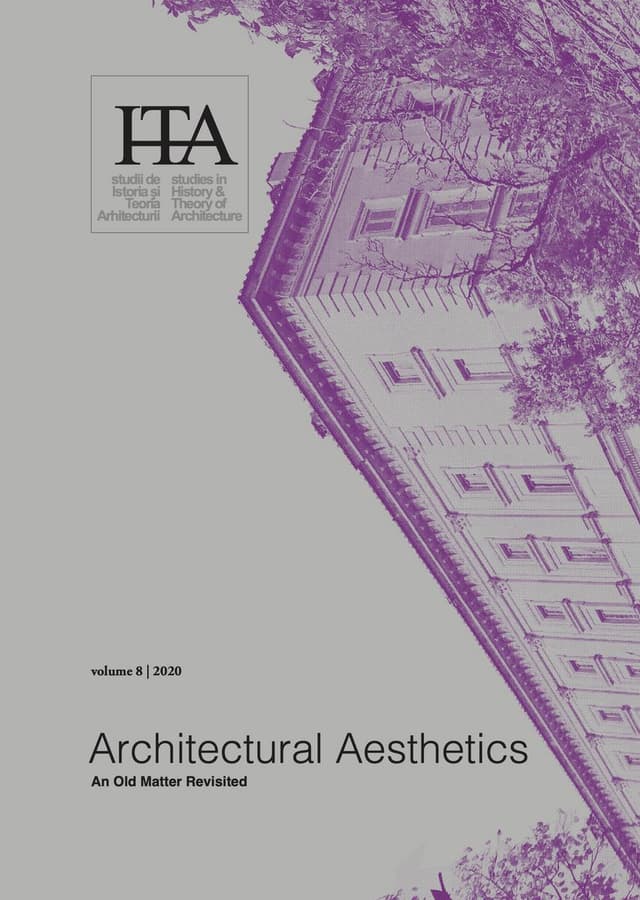Perceptions Then and Now. The Aesthetic Features of Byzantine Architecture
by
Bilge Ar
Keywords
Hagia Sophia
Byzantine church architecture
Early Byzantine architecture
architecture education
A recent project with architecture students provided rather surprising results in relation to their perception of Byzantine architecture. The students’ descriptions for Hagia Sophia were strikingly similar to those of the sixth century Byzantine spectators such as Procopius and Paul the Silentiary, with whom they were not familiar. Another 12th century description confirmed a similar appreciation of the building centuries later. Its constructive features, such as the size of the dome, and how it was supported, were found to be mind-boggling. Other elements such as the cornices and column capitals seemed as if they had no load bearing roles, because of their decorative features. The usage of light contributed to these perceptions. Such oddities in design, that contradict the nature of the material, were also encountered in later centuries such as the knotted column, popular in the 11th and 12th centuries.
Another issue is the three-dimensional character of the Byzantine building, which provided various viewpoints, but never a clear perception of the whole interior. The dictation of liturgy describing where each group stand, defined their limited visual access, adding more mystery to their perception. Such inscrutability is very clearly visible in Byzantine texts.
This paper aims to examine the aesthetic features of Byzantine interiors through direct references to material culture and contemporary texts, trying to understand how a building was designed to be perceived, and how these intended perceptions acquired by decorative schemes are still immutable despite what has been made available by modern technology.
Published in

Chicago citation style
DOI:
10.54508/sITA.8.13